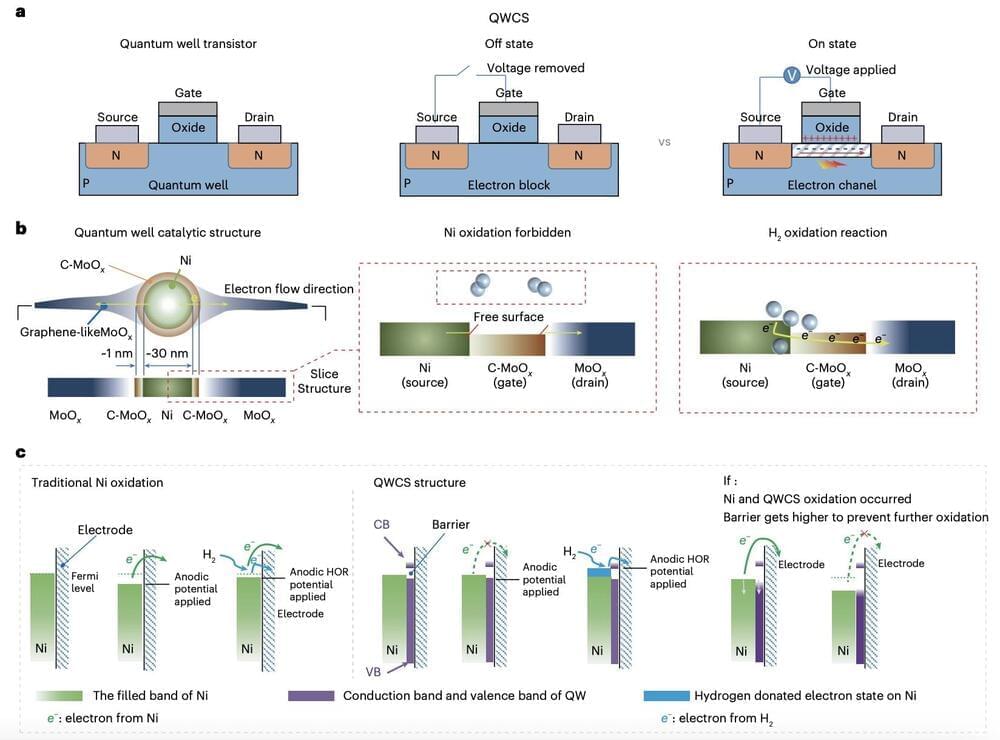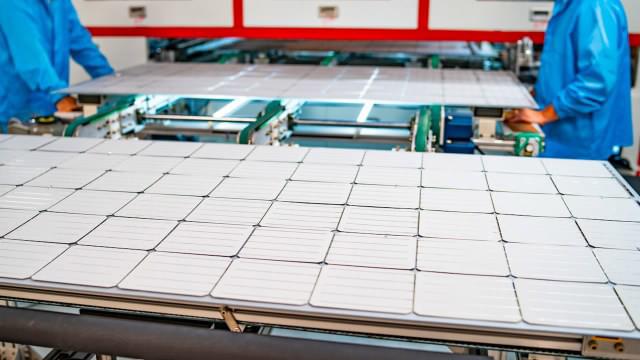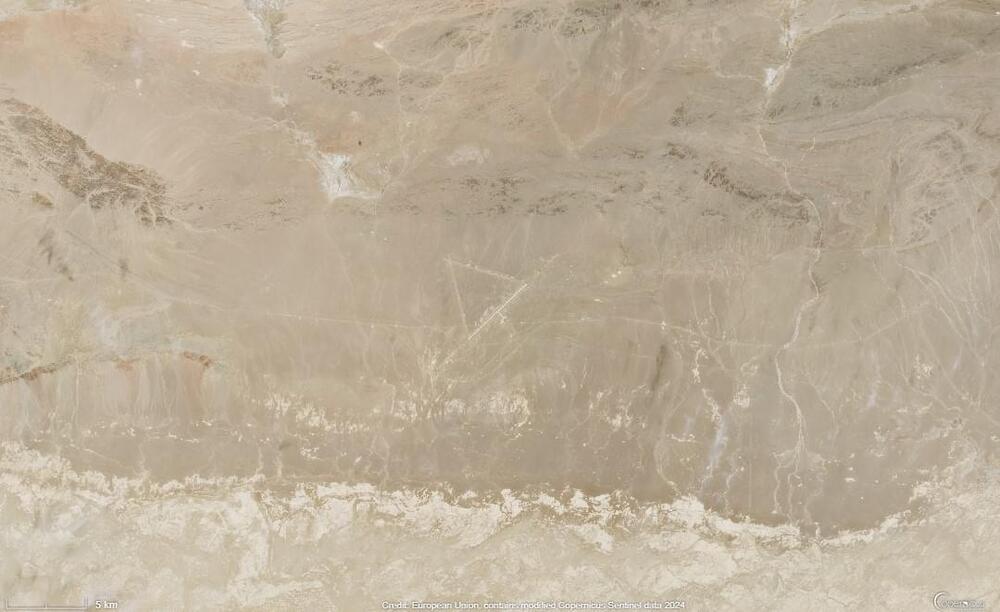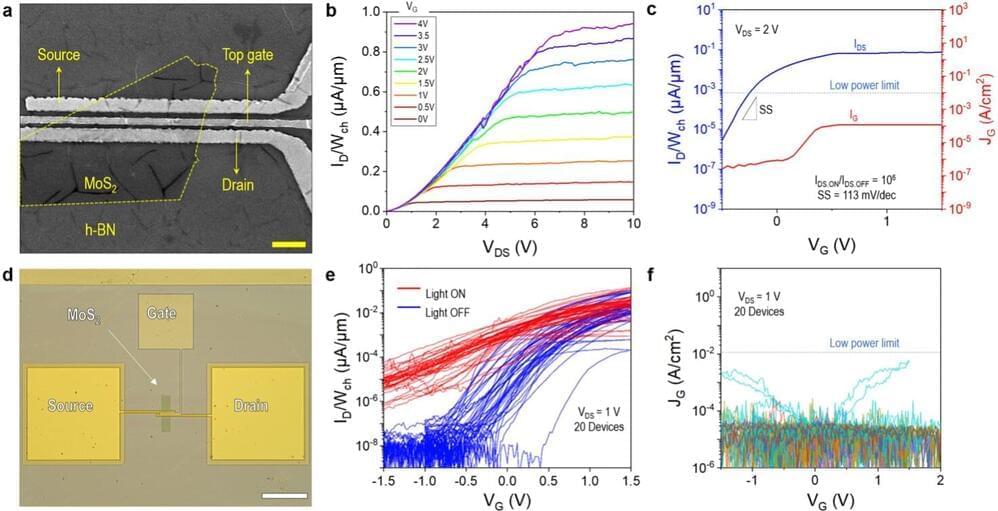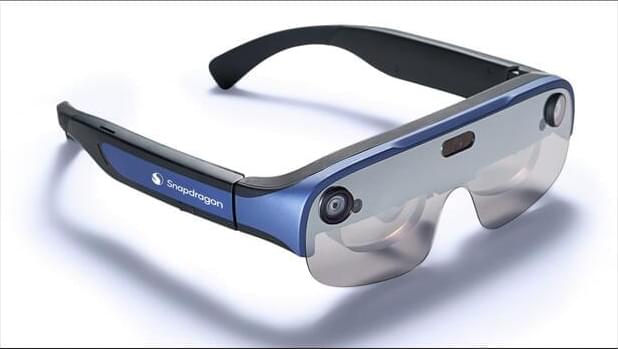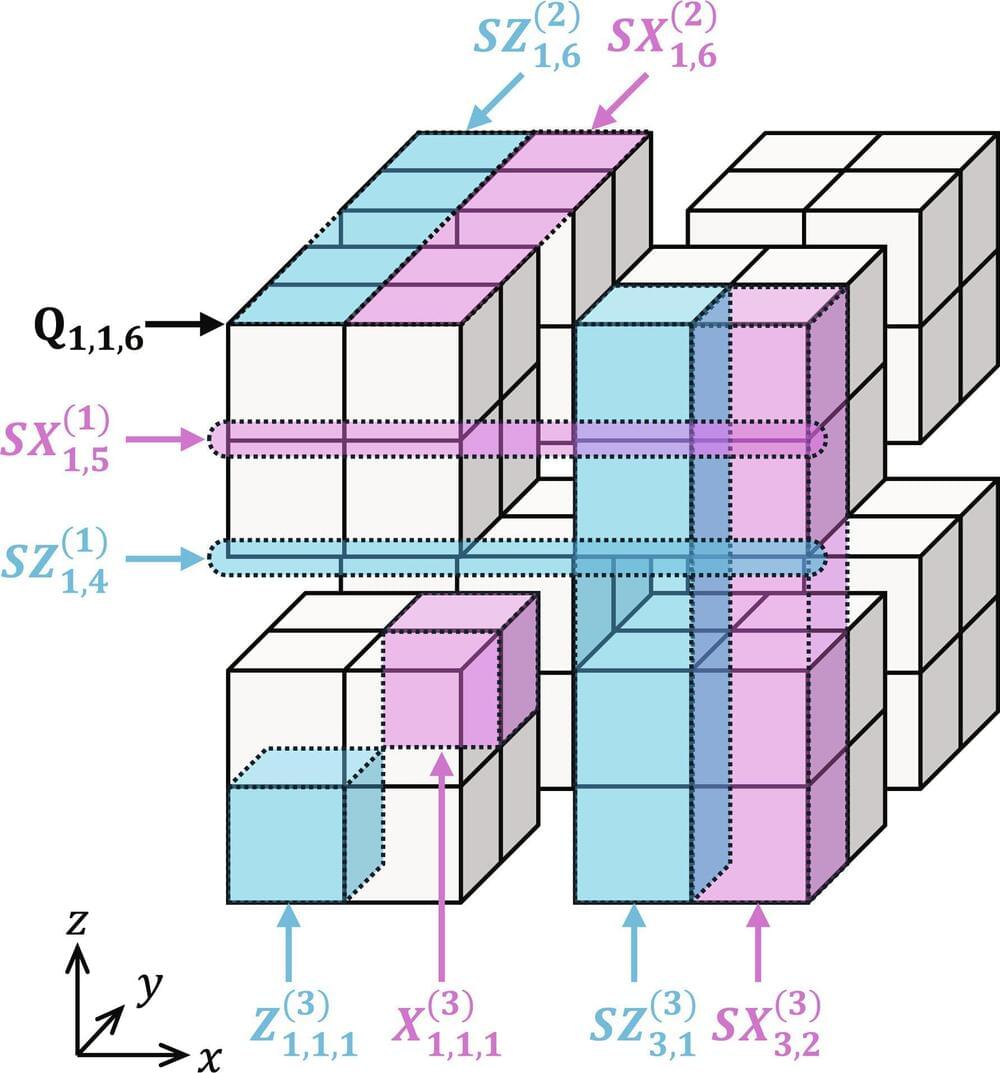Fuel cells are energy-conversion solutions that generate electricity via electrochemical reactions without combustion, thus not contributing to the pollution of air on Earth. These cells could power various technologies, ranging from electric vehicles to portable chargers and industrial machines.
Despite their advantages, many fuel cell designs introduced to date rely on expensive materials and precious metal catalysts, which limits their widespread adoption. Anion-exchange-membrane fuel cells (AEMFCs) could help to tackle these challenges, as they are based on Earth-abundant, low-cost catalysts and could thus be more affordable.
In recent years, many research groups worldwide have been designing and testing new AEMFCs. While some existing devices achieved promising results, most of the non-precious metals serving as catalysts were found to be prone to self-oxidation, which causes the irreversible failure of the cells.
